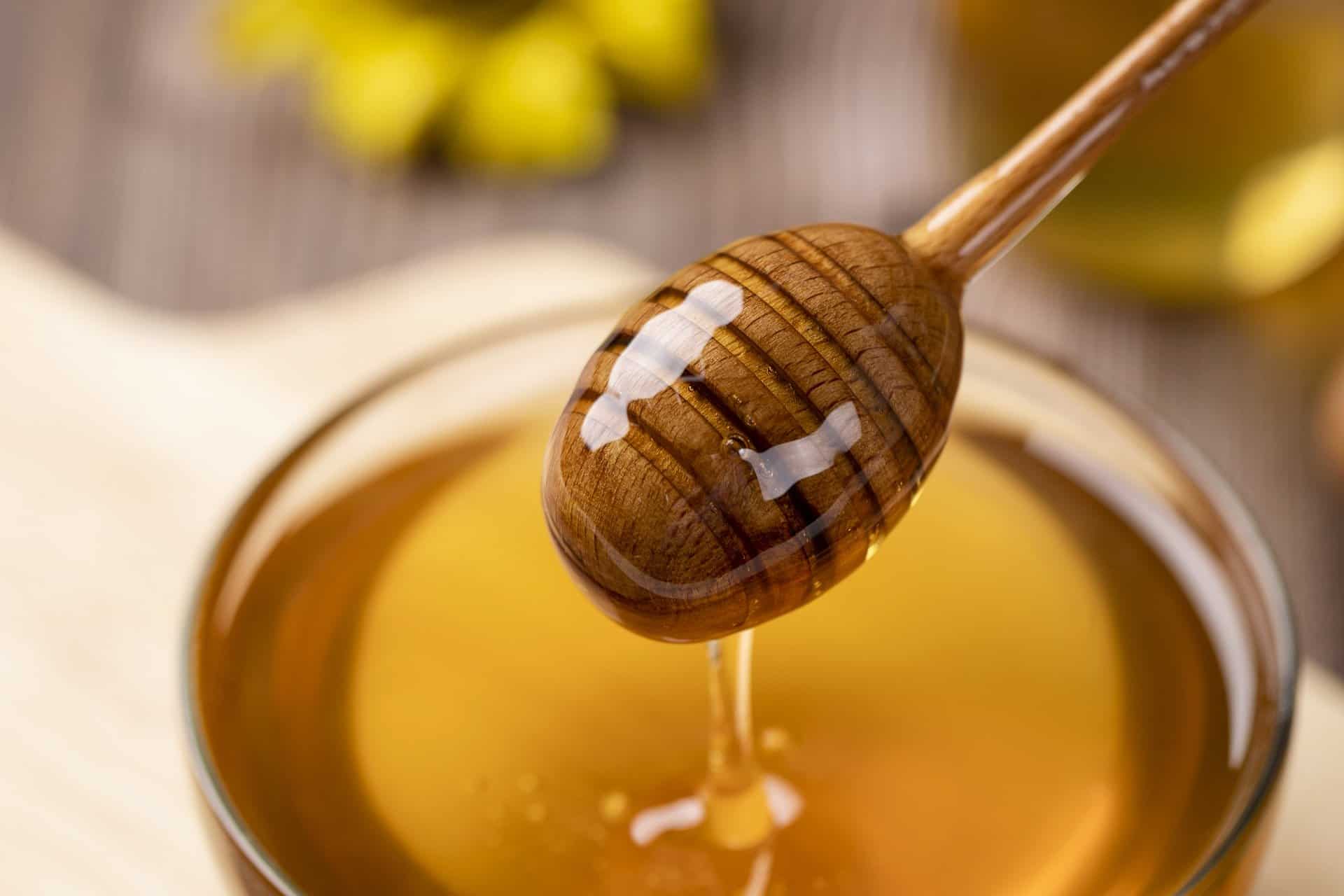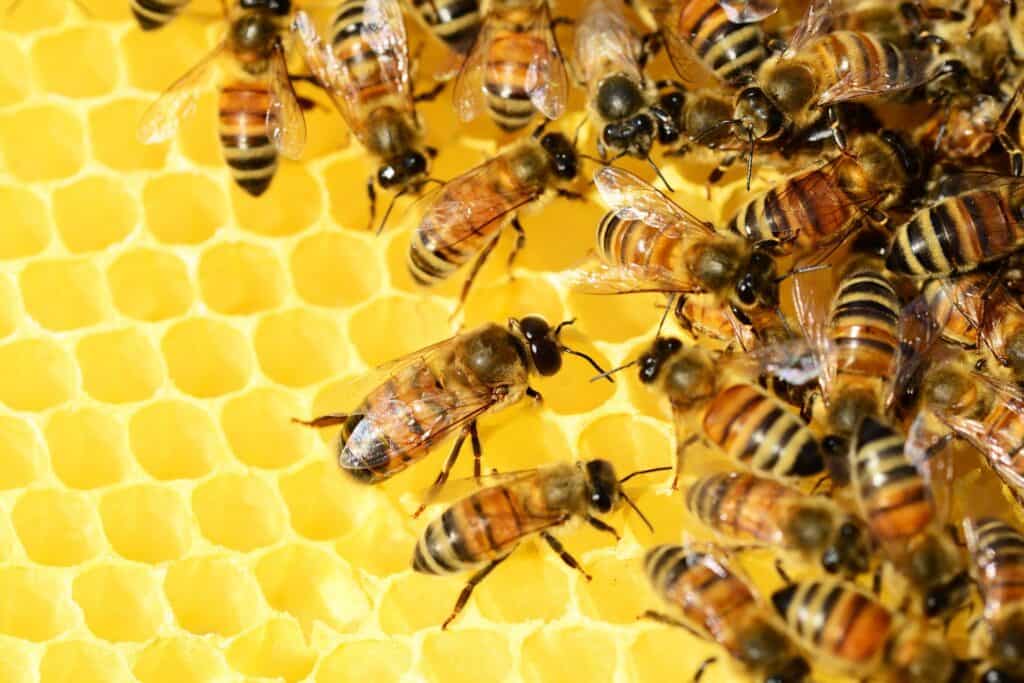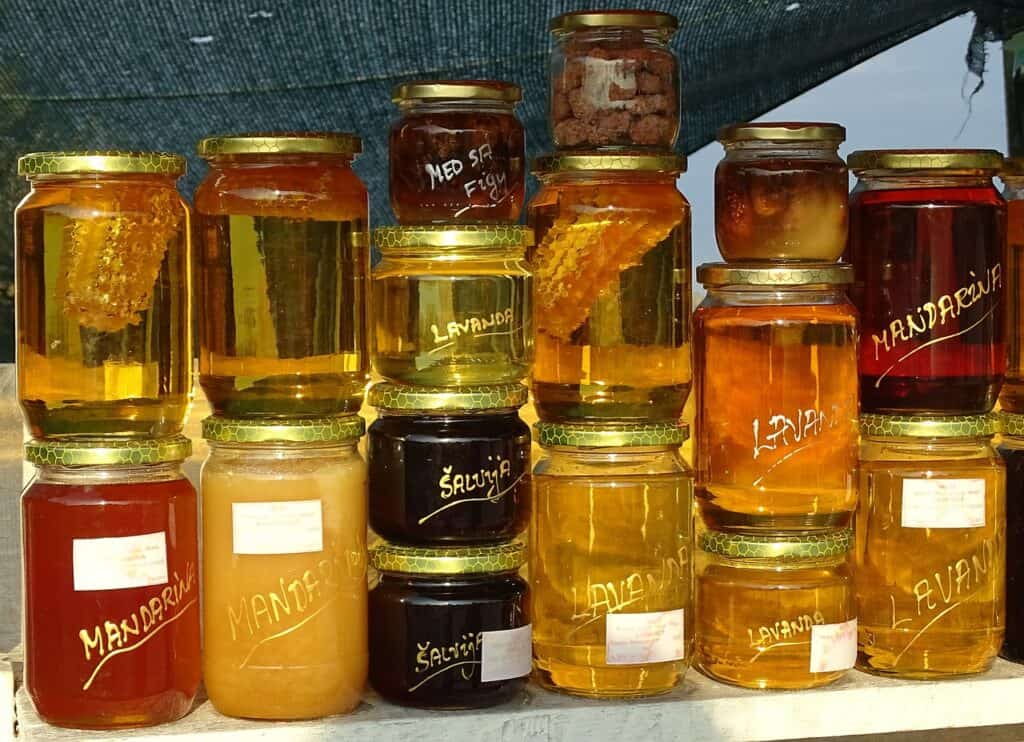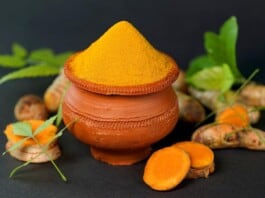
Honey food and medicine
We have all noticed that honey can lecuate some suffering and at the same time sweeten the dishes. A subject very dear to me, beekeeping, with more than ten years experience in the field, at the Institute of Research Development for Beekeeping, together with the famous doctors, teachers, pharmacologists, many of them unfortunately are no longer among us, we studied and experienced together, various medicines, for bees and beehive products. It takes passion and a lot of determination to work with these wonderful beings, bees. They represent life without which we cannot survive.
The Romans used honey for sore throats, skin diseases, stomach diseases and wound healing. Honey is a sweet substance produced by bees, from the nectar of flowers or from various sweet secretions from other parts of the plant. These secretions are collected, processed and mixed with the bee’s own substances, after which they are stored in honeycomb in the form of honey. For 1 kg of honey, bees transport and process 3-4 kg of nectar in the hive.

Honey contains: water 16-20%, carbohydrates 75-79% (fructose, glucose, sucrose), protein 1%, 12 amino acids: leucine (an essential amino acid that cannot be produced by the human body, which athletes can especially enjoy, for the growth of muscle mass, but also for the loss of body fat and nutritional supplement for the regeneration of tired muscles. Other amino acids: alanine, methionine, enzymes, universal substances, calcium, magnesium, iron, copper, manganese, chlorine, potassium, phosphorus, aluminium and group B vitamins (B1, B2, B6, folic acid), aromatic substances, organic acids (lactic acid, citric acid, malic), some nitrogen compounds, flavonoids, flavonoids, phytohormones, pollen grains, antibiotic factors.
The minerals contained in honey come from the soil in which the plants grow, and through their vessels they pass into nectar, the basic substance for bees in the production of honey, therefore the minerals in honey vary depending on the type of plants from which it has resulted and the soil in which those plants grow.
Honey has energizing, toning, appetizers, sedatives, laxatives, expectorants, antiseptics, diuretics, antianemycs, emollients, healing, calcium fixation, hemoglobin level increase.
Honey – therapeutic indications

The therapeutic value of honey is determined by several factors such as: the nature of its sugars, the presence of pollen and royal jelly in honey, as well as the presence of the antibiotic in the bee’s body. Research has shown that honey is a completely sterile product and does not contain any bacterial vegetative form.
Honey is good to be consumed by healthy people, regardless of age for increasing physical endurance, combating fatigue, filling some food deficiencies, improving digestion, faster recovery after physical exertion, especially for athletes.
Honey has therapeutic indications in the case of asthenia, anorexia, in slimming, in carening states, constipation, gastrointestinal ulcer, intestinal infections, liver failure, anemia, heart disease, pharyngitis, laryngitis, aphhetes, sinusitis, cough, bronchitis, neuroses, infected wounds, pruritus (through external applications).
Origin of honey and therapeutic indications

Acacia honey has an antiseptic role, soothes cough, treats asthenia and neuroses.
Lime honey contains farnesol, an antiseptic recommended in bronchitis, insomnia and neuroses.
Polyfloral honey, and especially swarm honey, is rich in citrol and geraniol and has an antiseptic and sedative role.
Peppermint honey contains menthol, ethereal oils and can be used as a weak analgesic, carminative, tonic and antiseptic, very effective in digestive problems and a good calming in bile dyskinesias.
Clover honey, contains flavonoids, essential oils, phenolic compounds and is used as diuretic, antiseptic and expectorant.
Honey of conifers, contains mineral salts with antiseptic, anti-inflammatory, diuretic and laxative action.
Learning honey has beneficial action in bronchial asthma and pulmonary emphysema.
Rosemary honeyis ideal in respiratory diseases.
Cimbrishoney honey,is very beneficial in bronchopulmonary and digestive diseases.
Sweet chestnut honeyis beneficial in diseases of the veins.
Beech honey,has a high biological value by the vitamin A content in wax. With honey beech we can treat conditions such as: clogging of vessels, sinusitis, but also for the hygiene of the oral cavity.
Monofloral honeyis highly appreciated for its therapeutic properties. In our country we find it in small quantities.
Method of administration in different conditions

Simple or propolis-added honey (2%) is indicated in ischemic cardiopathy, stress angina, old myocardial infarction, heart failure, extrasystolic arrhythmia, some digestive sufferings in which sugar is difficult to bear by thousands of patients. Simple or propolis-added honey is an excellent adjunct in the treatment of anemias, due to the intake of iron, calcium and magnesium. A cure is made 15 days a month with two teaspoons a day, morning and evening.
To normalize blood pressure,improve digestion and reduce the amount of gastric acid, take a regular teaspoon of honey in the morning one hour before breakfast,one teaspoon two hours after lunch and one teaspoon after dinner. To combat insomnia, take one teaspoon of honey after each dinner.
Remedy against cough, used by many generations, very effective and today, is prepared as follows: boil a lemon on the right heat for 10 minutes. By boiling, the lemon softens, so that it will get quite a large amount of juice and at the same time soften and peel. Cut the lemon in half and squeeze well into a glass. Add 2 tablespoons of glycerin to the juice obtained. The resulting mixture is shaken well, then fill the glass with honey. The dose of cough syrup is fixed as needed, reaching 6 teaspoons per day (2 teaspoons after the main meals), decreasing the doses as the cough breaks down.
To combat the moles,2 teaspoons of honey are given at each meal. Treatment lasts a week, but it is necessary to be maintained in a continuous regimen, because it constitutes the means of preventing the recurrence of the moles.
For skin burns,a very effective treatment, consists in applying it directly to the wound. The effects of this application are the disappearance of stinging, the formation of sores and rapid healing of the skin in the region of the burn.
Physical and intellectual fatiguedisappears if we drink a glass of warm water in which we dissolved a few teaspoons of honey.

Slimming or fattening regime. Paradoxically, it can be introduced in both situations. Obviously, the dosages and mode of administration are different in both cases. For the fattening regime, honey is a valuable nutritional supplement with very high digestibility, enriching the diet without loading the digestive tract. In the case of the slimming regime, honey replaces most of the other foods. A little honey at the end of the poor meals provided by the slimming regime or between two meals, gives the feeling of satiety and maintains our physical shape and vitality.
Note: some of us may have allergic reactions, due to the pollen residues that honey contains, so it should be consumed with great care. For beneficial results, it is good to procure honey from reliable sources, which we know (directly from beekeepers, special shops, etc.), because on the market is sold very much the falsified version, improved with all kinds of additions that no longer present the qualities of the natural one, on the contrary, can bring us unpleasantness. Good health!



